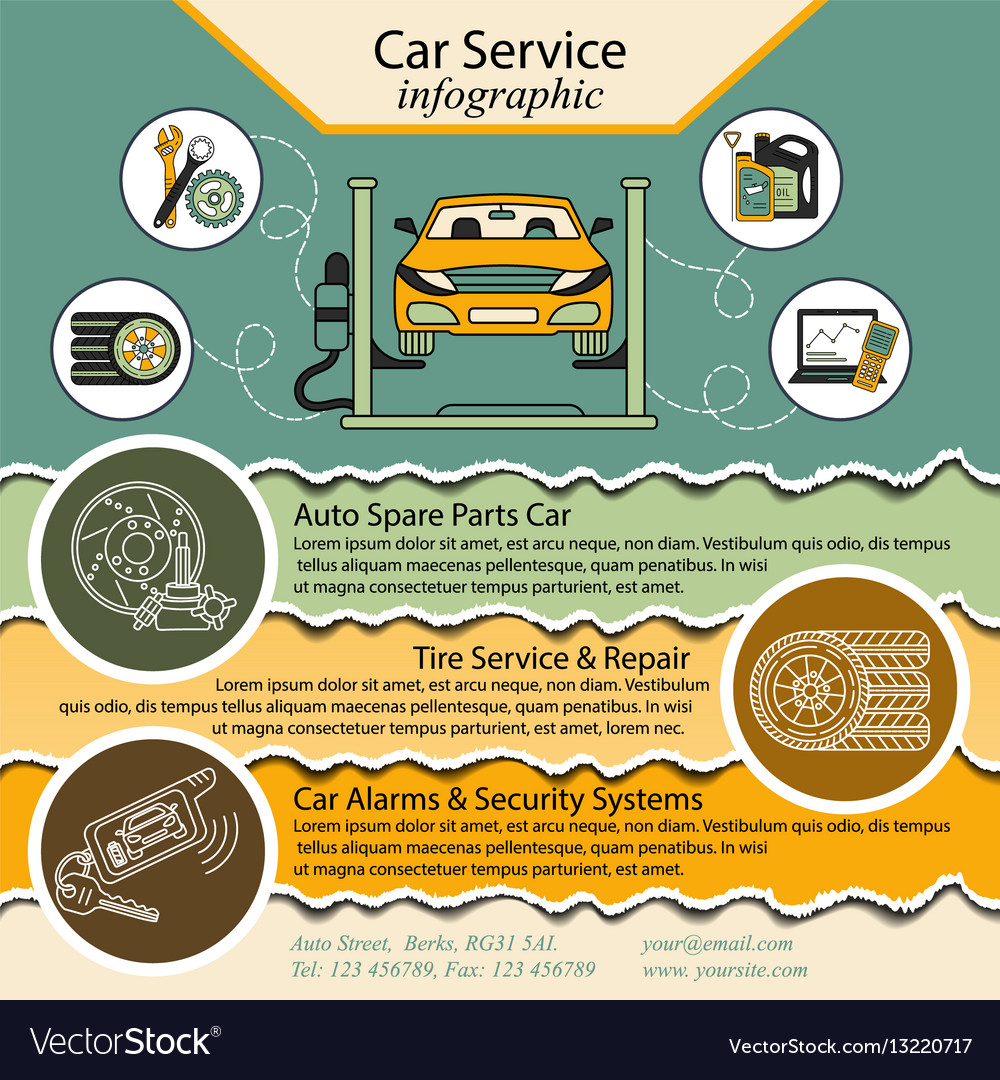Fascinated In Comprehending The Warning Lights On Your Vehicle'S Dashboard? Discover Their Relevance For Your Automobile'S Safety And General Condition
Fascinated In Comprehending The Warning Lights On Your Vehicle'S Dashboard? Discover Their Relevance For Your Automobile'S Safety And General Condition
Blog Article
Content By-Lauritsen Shepherd
When you're behind the wheel, those beautiful caution lights on your dashboard can be a bit perplexing. Do hop over to this web-site understand what they're attempting to inform you about your car's health and wellness? Understanding the value of these lights is crucial for your security and the durability of your vehicle. So, the next time one of those lights pops up, would not you intend to understand its message precisely and take the necessary actions to resolve it?
Common Warning Lighting and Interpretations
Determine typical caution lights in your car and recognize their significances to ensure secure driving.
The most regular caution lights consist of the check engine light, which signifies concerns with the engine or exhausts system. If this light comes on, it's critical to have your vehicle checked quickly.
The oil stress warning light suggests reduced oil pressure, calling for immediate focus to prevent engine damage.
A blinking battery light may recommend a malfunctioning billing system, potentially leaving you stranded if not attended to.
The tire pressure monitoring system (TPMS) light signals you to reduced tire pressure, impacting automobile security and fuel efficiency. Ignoring this can cause risky driving problems.
The abdominal muscle light shows an issue with the anti-lock stopping system, jeopardizing your ability to stop promptly in emergencies.
Finally, the coolant temperature level warning light warns of engine overheating, which can lead to serious damages if not settled promptly.
Understanding these usual warning lights will aid you address concerns immediately and keep secure driving conditions.
Value of Prompt Focus
Recognizing the usual caution lights in your vehicle is only the very first step; the significance of quickly dealing with these cautions can't be stressed sufficient to guarantee your safety when traveling.
When a caution light illuminates on your dashboard, it's your auto's means of communicating a possible problem that requires interest. Neglecting these cautions can cause much more extreme troubles later on, endangering your security and possibly costing you much more in repairs.
https://shanesmgau.blogscribble.com/31274544/would-you-like-to-discover-just-how-automation-and-robotics-are-revolutionizing-the-field-of-vehicle-detailing to warning lights can stop failures and crashes. For example, a blinking check engine light could indicate a misfire that, if left unattended, might trigger damages to the catalytic converter. Resolving this without delay can conserve you from an expensive repair.
Similarly, a brake system cautioning light could indicate reduced brake fluid or worn brake pads, critical components for your security when driving.
Do It Yourself Troubleshooting Tips
If you observe a warning light on your control panel, there are a couple of do it yourself repairing tips you can attempt prior to looking for specialist assistance.
The first step is to consult your vehicle's guidebook to understand what the specific caution light suggests. Sometimes the concern can be as easy as a loose gas cap activating the check engine light. Tightening the gas cap may settle the issue.
An additional typical issue is a low battery, which can set off numerous alerting lights. Checking the battery connections for rust and ensuring they're protected may fix the trouble.
If a warning light continues, you can try resetting it by disconnecting the vehicle's battery for a few mins and after that reconnecting it. Additionally, checking your car's fluid levels, such as oil, coolant, and brake liquid, can assist repair alerting lights connected to these systems.
Final thought
Finally, comprehending your auto's warning lights is necessary for maintaining your vehicle running efficiently and safely. By quickly addressing these informs and recognizing what they mean, you can stay clear of pricey repairs and potential breakdowns.
Remember to consult your auto's guidebook for specific details on each alerting light and take action appropriately to guarantee a trouble-free driving experience.
Stay educated, remain safe when driving!
